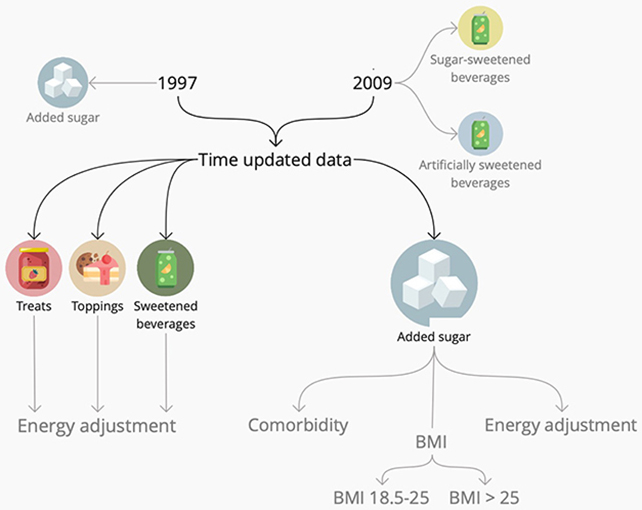Recently, 51 animal species’ genomes were mapped and released, ranging from gharials, a type of fish-eating crocodile, to cloud leopards. These genetic blueprints could provide significant insights into the evolutionary history of humans. This study was published on Jan. 26 in the journal Nature Biotechnology. “In some ways, we’re building an evolutionary time machine,” remarked Michael Schatz, co-author of the study and a Bloomberg distinguished professor of computer science and biology at Johns Hopkins University. “Having the genes of our evolutionary cousins mapped out will help us better understand ourselves.”
Scientists believe that all mammals share a common ancestor called Morganucodon, a creature that lived over 200 million years ago. By comparing the DNA of humans and other animals, researchers can learn when and how humans diverged from other species. Even though a single vertebrate genome can be billions of characters long, researchers have developed tools to break this genetic material into segments and piece it together. Mapping genomes has historically been time-consuming, taking researchers 13 years to create the first genetic blueprint for humans starting in 1990.
Advancements in DNA mapping technology have significantly reduced the sequencing time from years to just days. The researchers used data from the Vertebrate Genomes Project and the European Reference Genome Atlas to develop algorithms and computer software to assemble short genetic segments into a full map. The new technology was found to be more effective than existing approaches at reassembling genome segments and creating an accurate map. The team’s software is open-source and available online via Galaxy, a free, web-based platform based at Johns Hopkins and Pennsylvania State University.
Elinor Karlsson, director of the Vertebrate Genomics Group at the Broad Institute, expressed admiration for the team’s work. She noted that while the researchers focused on vertebrates, other species may require adjustments to the technique. The researchers aim to extend their work to sequence the genomes of at least one species across all 275 vertebrate orders.














